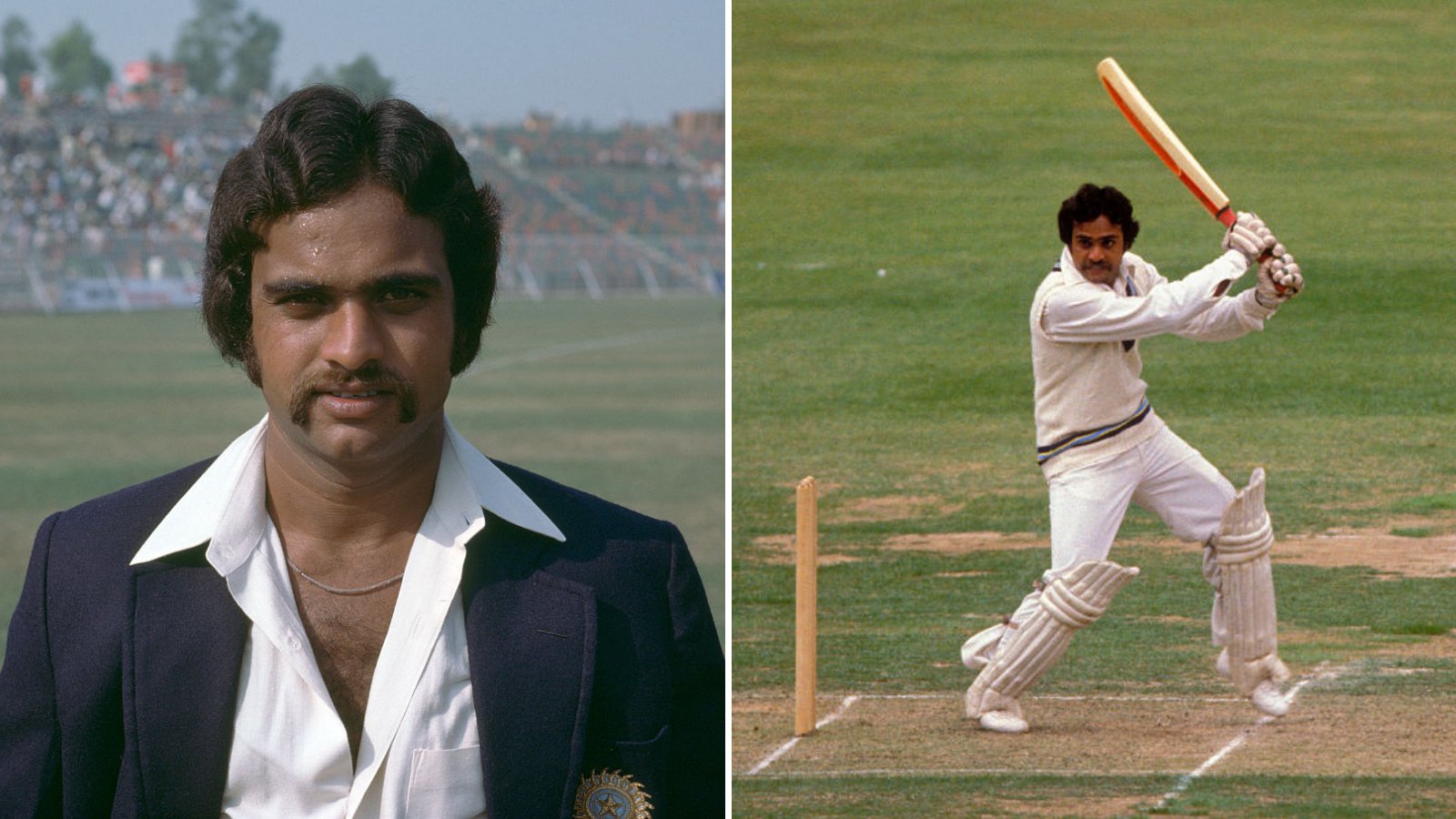England's Tour to India: First Test – Chennai, February 2021
Brisbane 2021 was a real high for any Indian cricket fan and I was no different. A ground where no one chased more than 220 runs in its 92-year history, India did the unthinkable of chasing down more than 300 runs and won the series to boot. The background of that victory has been written many times over and I was no different too.
Quite naturally, when you come back after such a high it generally gets difficult to motivate yourself again for another high-profile series on such short notice. The players were tired quite naturally of course after the long tour of Australia and the bigger problem was the bio-bubble where-in the players were unable to get out of their restricted zones. For some of the Indian players, it had been months in bio-bubble – the ones who played in IPL 2020.
But the World Test Championship was at stake. India needed to win the series against England by a minimum of 2-1 margin to ensure their place in the WTC finals. It came to such a stage mainly because of Australia’s decision to not tour South Africa. Beating England albeit at home was never going to be easy and with Ravindra Jadeja not available due to injury things looked tougher for India.
On the other side, England came off a 2-0 series victory against Srilanka. In a way, England looked more prepared than India because the pitches in Srilanka were spinning tracks and India was coming off a long tour of Australia and the pitches in India were supposed to be far different than down under.
Win toss and win matches had been the mantra of India in the ’90s. Md. Azharuddin had a wonderful record of winning tosses and with a good batting lineup India used to score big runs in the first innings and then the pitches used to turn and the opposition teams used to be at sea. Things changed in the new millennium no doubt but still, it was always safe to bat first in India because batting in the 4th innings in India was always a treacherous one.
 Unfortunately, Virat Kohli doesn’t have the luck with tosses like Md. Azharuddin and lost the toss in the first Test match in Chennai.
Unfortunately, Virat Kohli doesn’t have the luck with tosses like Md. Azharuddin and lost the toss in the first Test match in Chennai.
It was known beforehand that Joe Root would be the biggest obstacle for India. He had come off scoring heavily against Srilanka and nothing seemed to have changed as he continued where he left off in the island nation. The pitch was a feather bed and after Australia, it kind of looked boring as England kept on piling runs. India was without Jadeja and they had selected a like-for-like replacement in Axar Patel. But he turned up injured before the start of the match and hence had to be replaced by Shahbaz Nadeem – another like-for-like replacement. Left-arm orthodox spinner was a must against England because of the number of right-handers that England had in their batting order.
But nothing could stop England as they kept piling on the runs. The only thing that India did well was keeping the run rate in check. Day 1 ended with 263/3 with Joe Root unbeaten on 128 runs. Jasprit Bumrah on his first day of Test cricket on Indian soil toiled hard to pick up 2 wickets. The expectation was that England would bat till tea on Day 2 and score heavily towards the end and force a declaration. But somehow the intent of scoring quickly was lacking and though India was unable to pick up the wickets they kept the runs under check. Till the time Joe Root and Ben Stokes were in the crease, England looked like pressing on the gas paddle but once Stokes got out and with the departure of Joe Root after scoring a double hundred, England’s scoring rate dropped and they finished Day 2 at 555/8. With no overnight declaration, India’s best option was to go for a draw, and with the pitch not showing any sign of deterioration, it certainly looked possible.
One of the problems that India had throughout the series in Australia was the brittle top order. Other than in Melbourne where Ajinkya Rahane scored a century, India didn’t have any centuries from the top order in Australia. There were a few half-centuries scored by Rohit, Gill, and Pujara but the big runs were lacking. With England getting all out for 578 runs, India’s primary work was first to avoid the follow-on (by scoring at least 379 runs) and then stretch the first innings as long as possible.
India needed a good start.
But the top order failed once again and India was in big trouble at 73/4. The high of Australia came crashing down and suddenly an innings defeat looked imminent. In came Rishabh Pant. The 2 innings that he played, one in Sydney and the other in Brisbane had done a world of good for the Indian wicket-keeper. And he continued where he left off in Brisbane. Pujara at the other end was holding up and playing the way he is known for, as Rishabh Pant came out all guns blazing. He was particularly severe on Jack Leech as the left-arm spinner cut a sorry figure going for over 70 runs in his first 7 overs. England was rattled but then lady luck smiled. A short ball from the off-spinner Dom Bess was pulled by Pujara but quite inexplicably the ball hit the shoulder of the short-leg fielder and popped up for the mid-wicket fielder Rory Burns to complete a simple catch. It was completely against the run of play because India was in the ascendency at that moment.
But then Washington Sundar was there and Rishabh Pant was going great guns. Together they had to take India beyond the follow-on mark. But just like what happened in Sydney, Rishabh Pant played a shot too many and holed himself out at 91 runs. Another century missed. It looked rash but then that’s how he plays and probably that’s what suits him best. When it comes out, it looks brilliant and when it doesn’t you look sheepish.
Ashwin and Washington Sundar took India safely to stumps on Day 3 but India was way too behind. There was hope for India but this was the last recognised pair. Ashwin showed a lot of application in Sydney a few weeks back and Washington Sundar was no mug with the bat which he showed very well in Brisbane but would they be able to script a comeback? This is what I kept on thinking as Day 4 dawned on us.
To be fair to both of them, they tried hard but it was too much of a task for them especially with the ball starting to grip. To their credit, they held off the English bowlers for close to an hour but then Leech was able to get the better of Ashwin and the Indian tail catapulted leaving Washington Sundar stranded on 85 runs. India was all out for 337 runs but England didn’t enforce the follow-on. They wanted to pile on the misery on India. The pitch was taking significant turn and hence they wanted India to bat last under very difficult circumstances.
The high of Australia was gone for good as India’s backs were completely against the wall. India needed to bowl well in the second innings but England was so much ahead in the game that even a major collapse wouldn’t have helped India.
India started with Ashwin and he got India a wicket first ball. The pitch had started to show the demons and India was already looking at a huge run chase. The match was as good as over. The collapse that India was looking for didn’t happen but the Indian spinners especially Ashwin bowled well. He picked up 6 wickets too but many of the English batsmen got out in pursuit of quick runs. England somehow played too safe and the longer they batted, it was better for India. They finally got bowled out for 178 runs leaving India 420 runs to chase.
Getting 420 runs in 3 and a half sessions was out of the equation and India’s only hope was to playout the overs. Easier said than done though, especially with the pitch playing up. For the time being India needed to keep all their wickets intact going into the final day.
This hope also lay in tatters as a perfect ball from Leech got the wicket of Rohit Sharma. Gill and Pujara safely took India to stumps on Day 4.
For the records, India needed 381 runs on Day 5 to win the match. But there were only 2 possibilities – a draw or a win for England. To play out a draw, India needed Pujara to hold one end up for more than 2 sessions with the other batsmen playing around him. Pujara did that excellently well in Australia but he was unable to repeat it here. Saving Shubhman Gill who cracked a good-looking half-century and Virat Kohli who looked solid while scoring 72 runs, no other Indian batsmen were up for the challenge. For a change, the Indian lower order showed no resistance too and the Indian team got bowled out within 2 sessions leaving England victorious by 227 runs.
Jack Leech after the pasting he took from Rishabh Pant in the first innings came back very strongly in the second innings picking up 4 wickets. At the start of the series, Sanjay Manjrekar told that the series would be defined by how well the English spinners bowled against the Indian batsmen, and if the first test was anything to go by they came out better. Together the English spinners picked up 11 wickets and the Indian batting looked very brittle in home conditions.
In the final analysis, it was the top order failure on Day 3 which tilted the match in England’s favour because if they batted well, then India could have saved the match.
Suddenly the WTC finals looked very far for India. India needed to win at least 2 of the next 3 matches and they couldn’t afford to lose anymore. India had a history of coming back strongly after losing the first match but the question was would they be able to do it again?
 Joe Root got the Man of the Match award for the superb double century he scored earlier in the match and India needed to get him out early if they had to fancy any chance against England in the subsequent matches.
Joe Root got the Man of the Match award for the superb double century he scored earlier in the match and India needed to get him out early if they had to fancy any chance against England in the subsequent matches.
So how did it go in the second match in Chennai? And how did the teams fare in Ahmedabad in the third and fourth test matches? That is what I will talk about in my subsequent blogs.
Till then stay well, stay healthy and stay happy!







